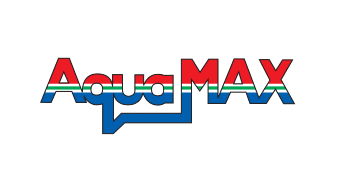Hot Water Tempering Valve
A tempering valve keeps the water delivered into your home from your hot water system at a safe temperature, which helps to avoid scalding or other possible injuries.
The valve is fed by the hot water and cold water pipes. Also known as a hot water mixing valve, it blends cold and hot water to prevent the temperature of your hot water supply from exceeding 50ºC.
According to the Plumbing Code of Australia, you are required by law to install a hot water mixing valve when you install a new hot water heating system. While you may have the ability to set it to a temperature higher than 50ºC, doing so goes against the plumbing code. This applies to all types of systems which includes solar and heat pump powered models.
How Does A Tempering Valve Work?
Using a thermostatic element submerged in water, the 3-way mixing valve can selectively open and close pipes to allow hot and cold water in. It does this by expanding and contracting in response to temperature changes. This controls a piston that opens and closes the hot and cold inlet pipes, thus regulating the temperature.
The ratio of hot and cold water varies in order to maintain the water at 50ºC. Tempering valves are accurate within 3ºC.
Your plumber sets your hot water storage tank to heat water to a minimum of 60ºC. This temperature is legally required to prevent bacterial growth from developing in storage tanks. However, it’s still too hot at 60ºC for safe usage, so the plumber installs a tempering valve after this, set at 50ºC. By mixing hot water with cold water to achieve the required 50ºC, you decrease your hot water usage and therefore your hot water demand.





















